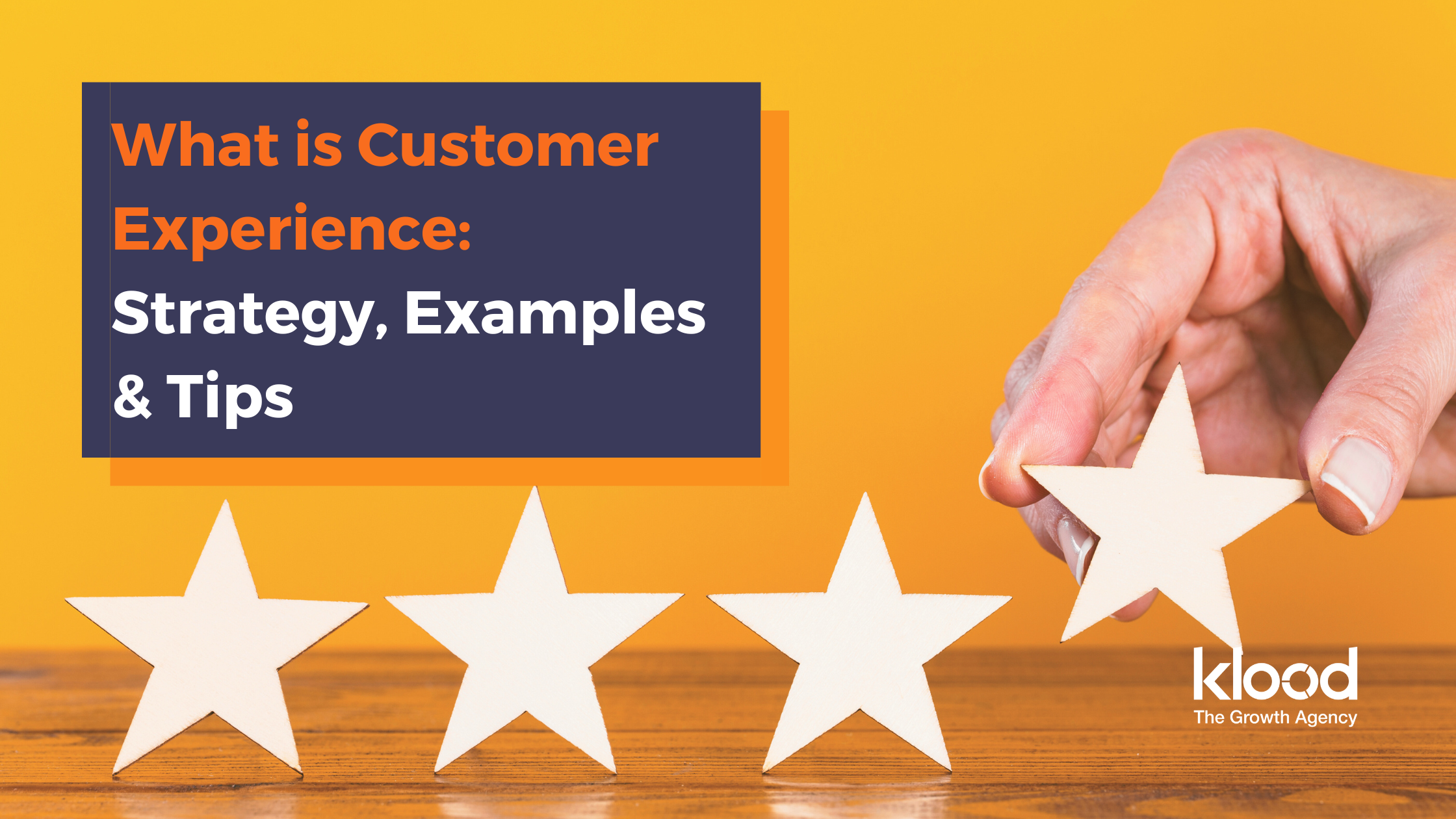
Get weekly
HubSpot updates
Customer experience is driving business
 Imagine going to your favourite coffee shop, where the barista knows your name and your usual order. The atmosphere is warm and welcoming, and you leave feeling satisfied and happy.
Imagine going to your favourite coffee shop, where the barista knows your name and your usual order. The atmosphere is warm and welcoming, and you leave feeling satisfied and happy.
Table of Contents
- Customer experience is driving business
- Why is CX important for your business?
- Measure the ROI from delivering a great customer experience
- 7 ways and examples to improve the customer experience
- Self-service help will be the first choice
- Omnichannel customer service will increase
- Mobile customer experience is priority
- 6 Things that cause bad customer experiences
- Customer Satisfaction Score (CSAT)
- Time to resolution (TTR)
- Conclusion
Why is CX important for your business?
An outstanding customer experience (CX) is essential for your business because it influences customers' perceptions of your brand, products, or services. Meeting or exceeding customer expectations can lead to higher customer satisfaction and increased loyalty. On the other hand, a poor customer experience can lead to negative reviews, customer churn, and lost revenue.
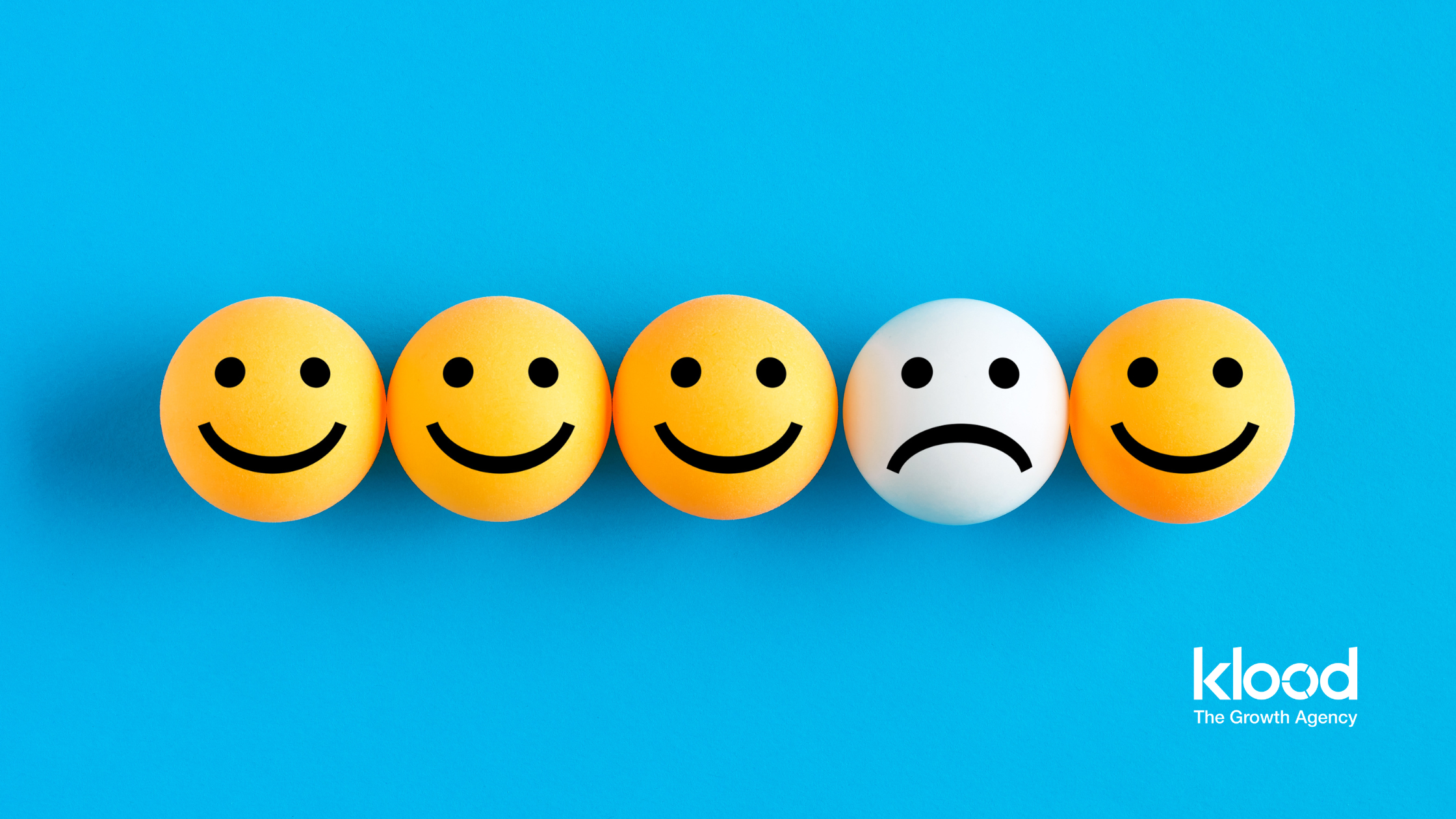
How important is the customer experience?
Investing in customer experience initiatives can have a significant impact on your business's bottom line. According to this blog by Shipearly, focusing on CX has the potential to double your revenue within 36 months, and a positive customer experience encourages customers to spend more ——86% of buyers are willing to pay more for a great customer experience. When it comes to purchasing decisions, 73% of buyers point to customer experience as an important factor. And, while advertising can do a lot to get your brand seen, a positive customer experience is actually more influential with 65% of buyers.
.png?width=2240&height=1260&name=unhappy%20customer%20(1).png)
These statistics, emphasise the crucial role customer experience plays in driving revenue and customer loyalty. By prioritising CX, businesses can attract and retain customers, ultimately leading to long-term success.
Create a clear customer experience vision
Developing a strategy starts with defining a clear vision. This vision should outline the desired outcomes and expectations for customers when interacting with your brand. Your customer experience vision should be customer-centric and aligned with your overall business objectives. It should also be communicated to all employees, from customer service teams to top management, so everyone is working towards the same goal.
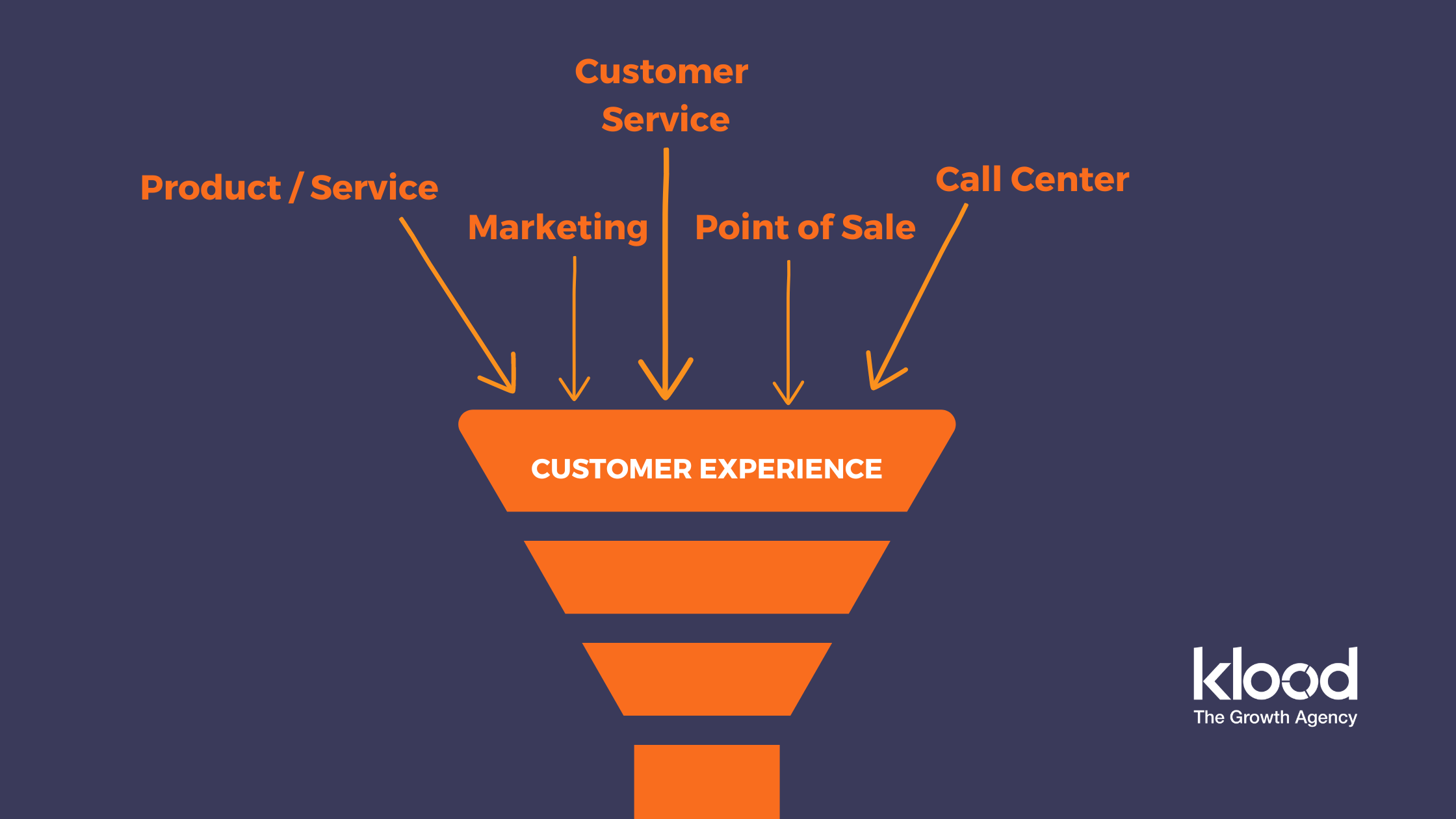
Excellent customer experience starts with superior employee experience
Your employees play a crucial role in delivering excellent customer experiences. Happy employees are more likely to provide exceptional service to your customers. To create a superior employee experience, invest in employee training and development, provide a supportive work environment, and encourage open communication channels for feedback and improvement.

Act upon regular employee feedback
Employee feedback is an invaluable resource for improving your customer experience strategy. By regularly collecting feedback from your customer service teams and support staff, you can identify areas for improvement and implement changes more effectively. This will help you address customer issues and ensure that your entire customer journey support team is equipped to handle expectations.

Why you should use customer feedback as part of your CX strategy
Customer feedback is a vital component of your CX strategy, as it helps you understand customer needs and expectations. By actively listening to your customers and collecting their feedback through surveys, reviews, and social media, you can gain insights into what works and what doesn't. This information can be used to improve your products, services, and overall customer experience.
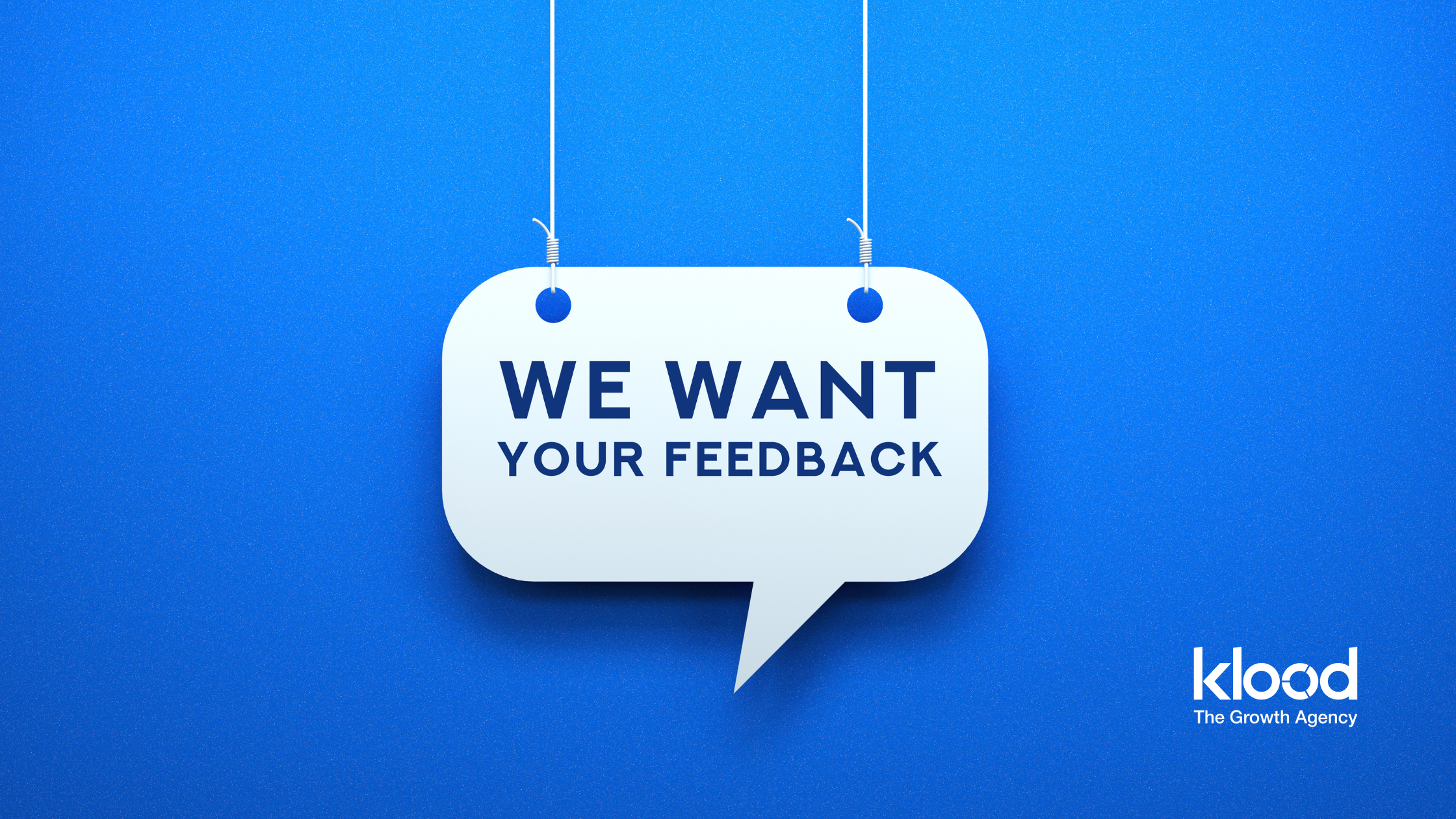
Capture customer feedback in real time
To stay ahead of the curve and continuously improve your customer experience, it's essential to capture customer feedback in real time. Real-time feedback allows you to address customer complaints and concerns promptly, which can prevent minor issues from escalating into significant problems. This proactive approach can lead to higher satisfaction and increased brand loyalty.

Measure the ROI from delivering a great customer experience
To evaluate the effectiveness of your customer experience strategy, it's essential to measure the return on investment (ROI). Key performance indicators (KPIs) such as customer satisfaction score (CSAT), customer effort score (CES), and net promoter score (NPS) can help you assess the impact of your CX initiatives on satisfaction and loyalty. By tracking these KPIs, you can make data-driven decisions to optimise your customer experience management efforts.

7 ways and examples to improve the customer experience
-
-
- Create a clear customer experience vision: Establish a clear vision of the customer experience you want to deliver, and communicate it to your entire organisation. This vision should serve as a guiding principle for employee behaviour and decision-making.

-
Example: Apple is renowned for its focus on delivering a seamless and user-friendly experience across its products and services. From intuitive device interfaces to streamlined customer support, Apple's vision of simplicity and innovation is at the core of its strategy.
-
- Understand customer needs: Conduct research to gain insights into your customers' needs, preferences, and pain points. Use this information to tailor your products, services, and support to better meet their needs.
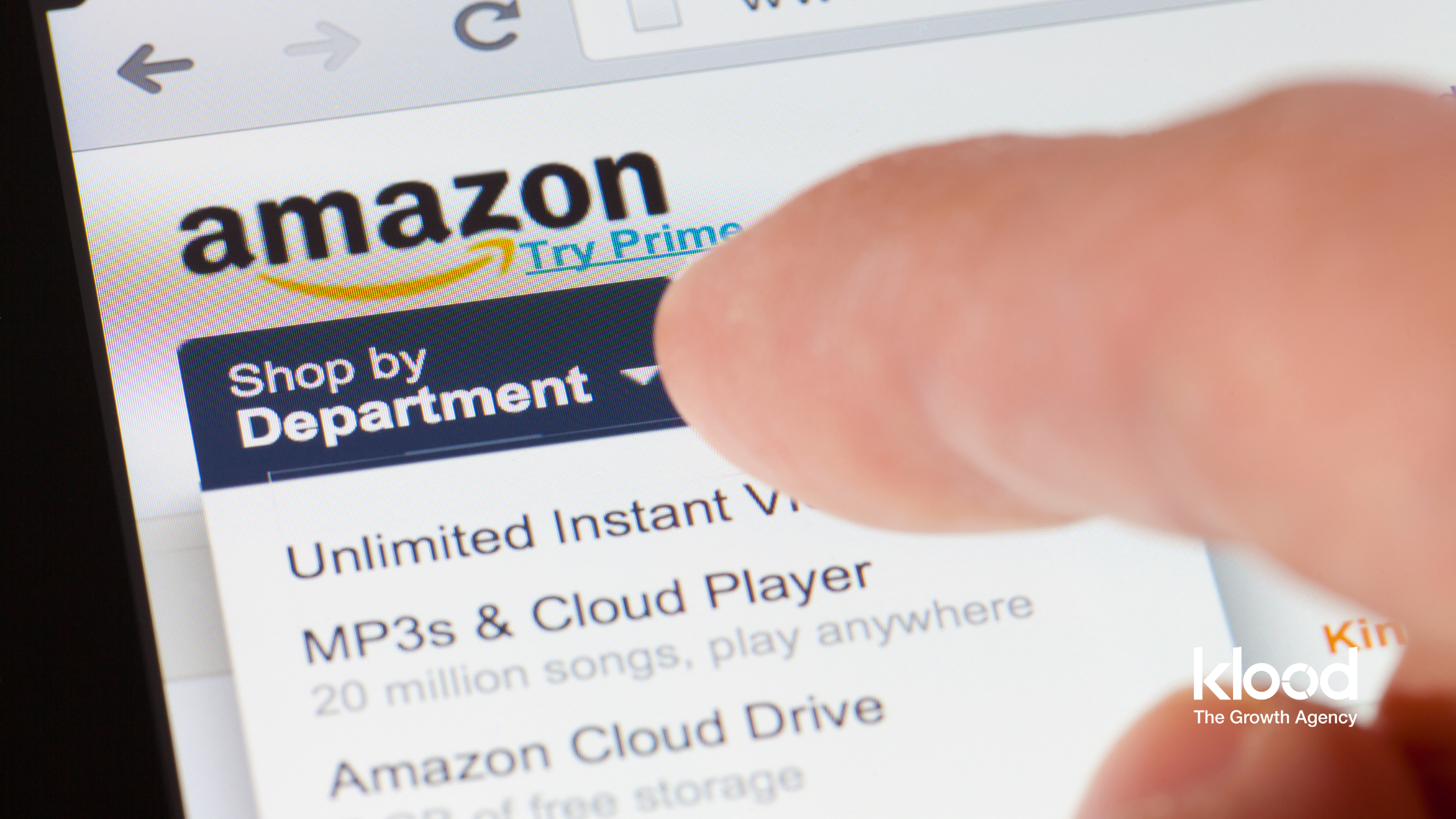
Example: Amazon continually strives to understand customer needs by analysing customer data, including purchase history and browsing patterns. This enables them to provide personalised recommendations and targeted marketing, enhancing the overall customer experience.
- Personalise the customer experience: Use customer data to deliver personalised experiences that make customers feel valued and understood. This can include customised product recommendations, targeted promotions, and individualised support.

Example: Netflix uses customer data to provide personalised movie and show recommendations based on individual viewing habits. This tailored approach contributes to a more enjoyable and engaging customer experience.
-
Train and empower your customer service teams: Invest in ongoing training and development for your customer service teams, equipping them with the skills and knowledge they need to effectively assist customers. Empower them to make decisions that prioritise customer satisfaction.

Example: Ritz-Carlton is renowned for its excellent customer service, which can be attributed to its comprehensive employee training programs and a culture of empowerment. Employees, also known as "Ladies and Gentlemen," are given the authority to spend up to $2,000 to resolve guest issues without seeking managerial approval.
- Omnichannel customer service: Offer support through multiple channels, such as phone, email, live chat, and social media, to cater to various customer preferences. Ensure a consistent and seamless experience across all channels.

Example: Disney offers a seamless omnichannel customer experience through its My Disney Experience app. The app serves as a one-stop-shop for all things Disney, allowing guests to plan their visit, make reservations, access their hotel room, and even use their smartphones as a ticket for park entry.
- Act on customer feedback: Collect feedback from customers through surveys, reviews, and social media. Analyse this feedback to identify areas for improvement, and implement changes to enhance the customer experience.

Example: Starbucks regularly listens to customer feedback through its My Starbucks Idea platform, which encourages customers to submit suggestions for new products, services, or improvements. The company has implemented many customer-suggested ideas, such as introducing free Wi-Fi and mobile payment options.
- Measure customer experience metrics: Regularly track key customer experience metrics, such as Customer Satisfaction Score (CSAT), Net Promoter Score (NPS), and Time to Resolution (TTR). Use these metrics to gauge the effectiveness of your customer experience strategy and make data-driven improvements.

Example: Southwest Airlines is known for its focus on measuring customer experience metrics, particularly NPS. By consistently monitoring and analysing NPS data, the airline can identify areas for improvement and make targeted changes to enhance the overall customer experience. As a result, Southwest consistently ranks among the top airlines in terms of customer satisfaction.
-
Use a quality framework for development of your team
Implementing a quality framework can help you develop a high-performing customer service team. This framework should include training programs, performance metrics, and continuous improvement processes. By adopting a structured approach to team development, you can ensure that your customer service representatives are equipped to deliver exceptional customer experiences consistently.

Self-service help will be the first choice
As customers increasingly value autonomy and convenience, self-service help options will become their go-to choice for resolving issues. Providing self-service resources like chatbots, FAQs, and knowledge bases allows customers to find answers quickly and easily, enhancing their overall experience and satisfaction with your brand.
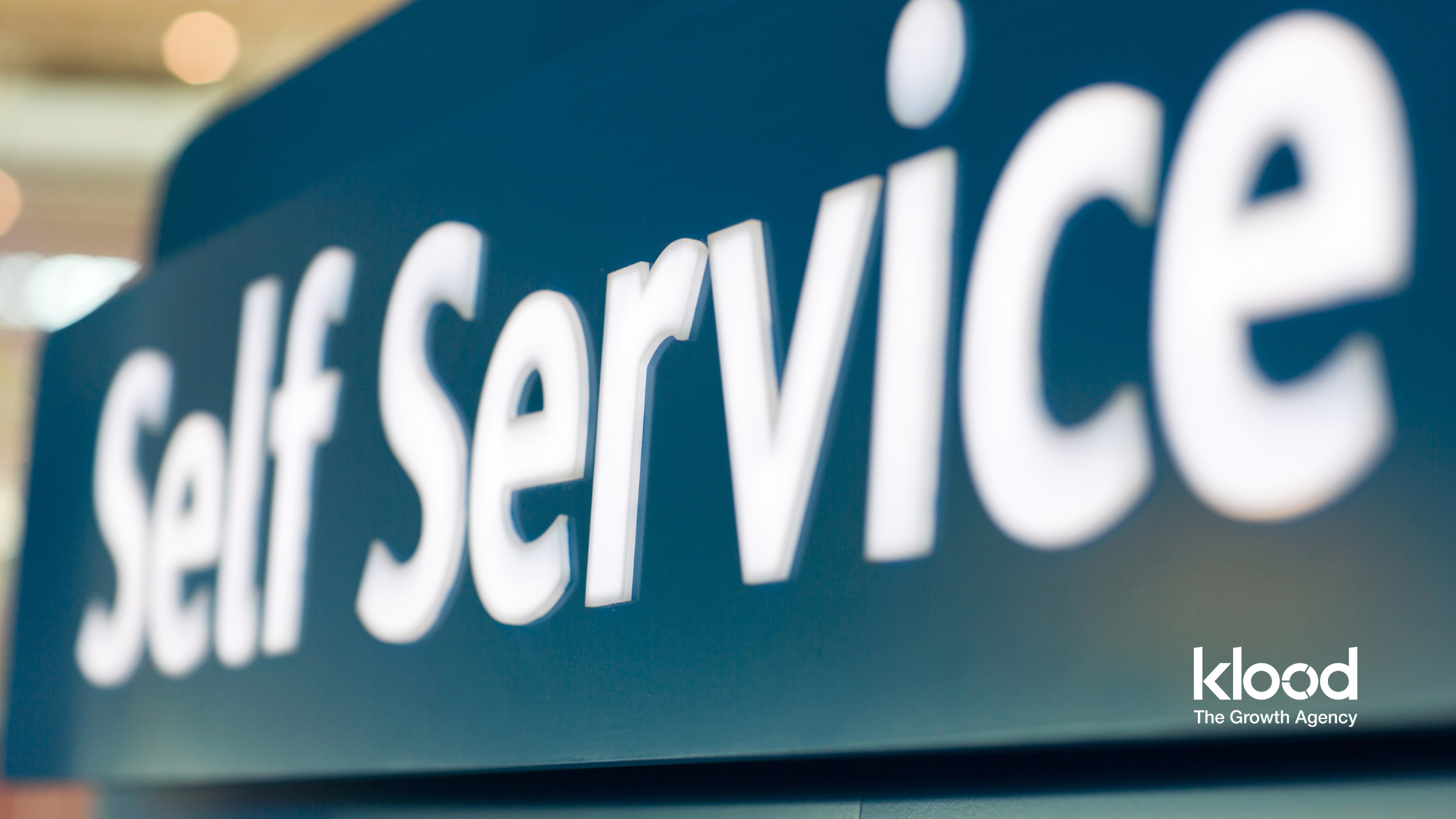
Customers demand immediate attention
Today's customers expect prompt responses and resolutions to their inquiries and issues. To meet these customers' expectations, it's crucial to have a responsive service team that can quickly and efficiently address customer concerns. Implementing tools like live chat and chatbots can help provide instant support, reducing customer frustration and enhancing the overall customer experience.

Omnichannel customer service will increase
Omnichannel customer service is becoming increasingly important as customers interact with brands across various platforms and devices. By offering a consistent experience across all channels, businesses can ensure that customers receive the same level of service and support, regardless of their preferred communication method. This approach can help improve satisfaction and foster long-term loyalty.

Mobile customer experience is priority
With the growing use of smartphones and tablets, delivering a seamless mobile customer experience is essential. Ensure that your website, app, and other digital touchpoints are optimised for mobile devices to provide a consistent and user-friendly experience for customers on the go.

Customers are more mobile and self-sufficient than ever
Modern customers value convenience and autonomy. As a result, they often prefer to resolve issues independently through self-service options like chatbots and knowledge bases. Providing these resources can empower customers to find answers quickly and conveniently, resulting in a positive experience and increased satisfaction.
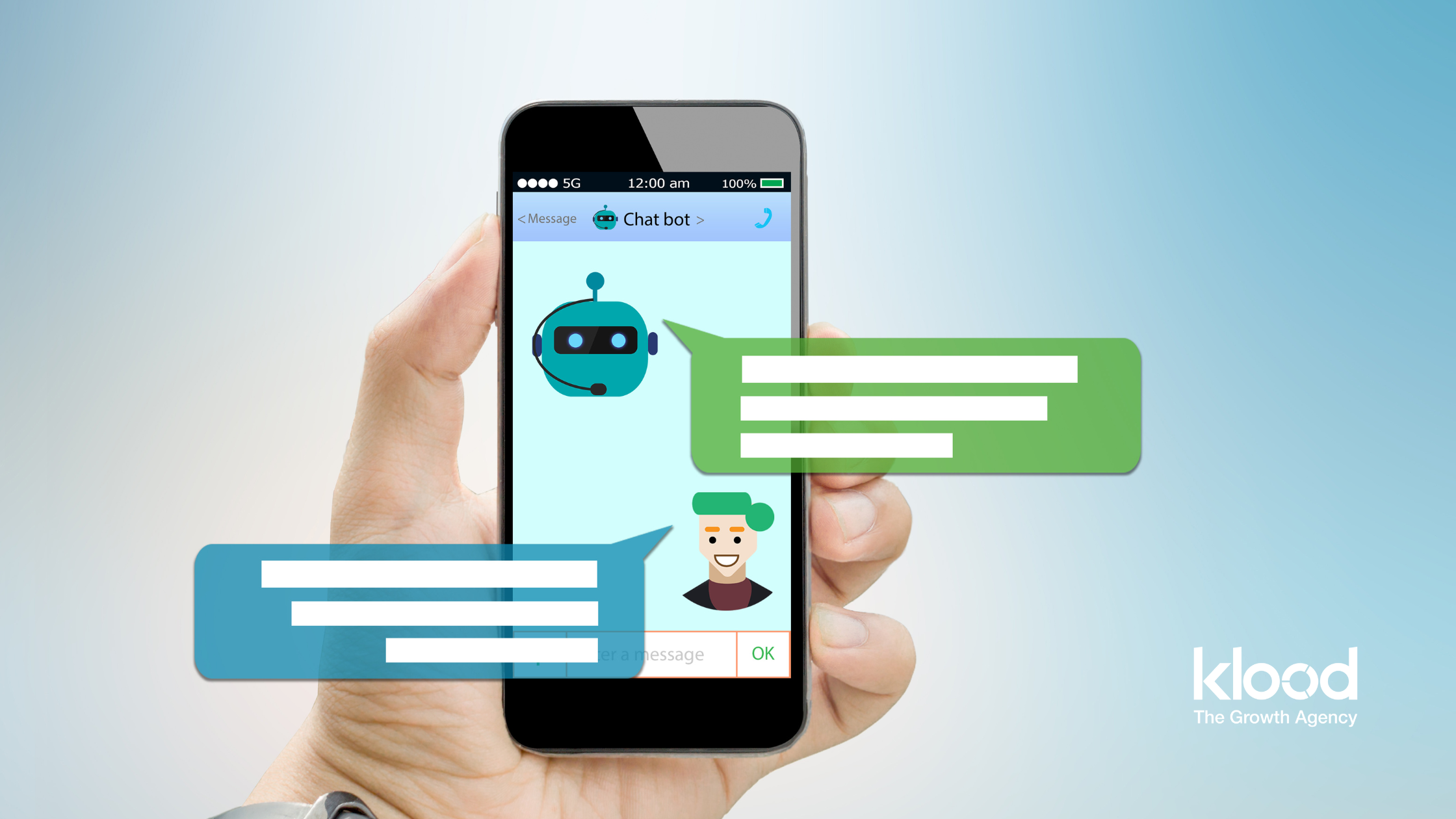
Social media plays an ever-growing role across the customer journey
From researching products to sharing feedback, customers increasingly use social media throughout their journey. By actively monitoring and engaging with customers on social media platforms, businesses can stay connected with their audience, address concerns, and gather valuable insights into customer preferences and expectations.

Customers expect knowledgeable agents
Customers expect your customer support team to be well-informed and capable of addressing their concerns. To meet these expectations, businesses should invest in training and development programs to ensure their customer service and support teams are knowledgeable and skilled in handling various customer issues.

Customers want to help themselves when possible
As mentioned earlier, customers value autonomy and often prefer to resolve issues on their own. Providing self-service options like chatbots, knowledge bases, and FAQs can empower customers to find answers quickly and conveniently, resulting in a positive experience and increased satisfaction.

6 Things that cause bad customer experiences
-
Slow response times: Failing to address customer concerns promptly can lead to frustration and dissatisfaction.
-
Inadequate training: Unprepared customer service representatives may struggle to resolve customer issues effectively.
-
Poor communication: Confusing or unclear communication can leave customers feeling misunderstood and frustrated.
-
Inconsistency across channels: A lack of cohesion between different customer touchpoints can create confusion and diminish the overall experience.
-
Lack of personalisation: Treating customers like numbers, rather than individuals, can lead to a negative experience.
-
Inflexible policies: Rigid policies that prioritise the company's interests over the customers' needs can cause frustration and dissatisfaction.
Customer frustration will lead to churn
When customers are consistently met with poor experiences, their frustration will eventually lead them to seek alternatives. This customer churn can have a significant negative impact on your business, as acquiring new customers is often more expensive than retaining existing ones. By addressing customer frustrations and improving the overall customer experience, you can reduce churn and maintain a loyal customer base.
Positive experiences make loyal customers
Customers who consistently have positive experiences with a brand are more likely to become loyal customers. These customers are not only more likely to make repeat purchases, but they may also recommend your brand to others, driving new business and increasing your overall customer base
CX helps build more fruitful customer relationships
A strong customer experience strategy can lead to deeper and more meaningful customer relationships. By understanding and addressing customer needs and expectations, you can create an environment in which customers feel valued and appreciated, fostering trust and loyalty.
If experience isn't your strategy, you're doing it wrong
In today's competitive market, a customer-centric approach is essential for success. If your business strategy doesn't prioritise customer experience, you risk falling behind your competitors and losing valuable customers.
Great CX leads to happy customers and impacts the bottom line
Investing in your customer experience not only leads to happy customers but can also positively impact your bottom line. Happy customers are more likely to make repeat purchases, recommend your brand to others, and contribute to a healthy and growing business.
The price premium for getting it right is real—and it's big
Customers are often willing to pay a premium for products or services that come with an exceptional customer experience. By prioritising customer experience and delivering high-quality interactions, your business can benefit from increased revenue and a more loyal customer base.
Customer Satisfaction Score (CSAT)
The Customer Satisfaction Score (CSAT) is a widely used metric that measures the overall satisfaction of your customers. By regularly monitoring your CSAT score, you can gain valuable insights into your customers' experiences and identify areas for improvement.
Time to resolution (TTR)
Time to resolution (TTR) is a critical metric that measures the average time it takes for your customer service team to resolve customer issues. A shorter TTR indicates a more efficient and responsive team, which can lead to higher satisfaction. By tracking and working to improve your TTR, you can ensure that your customers receive timely and effective support, ultimately contributing to a positive customer experience.
Conclusion
In conclusion, businesses that prioritise customer experience can reap substantial benefits, including increased revenue, customer loyalty, and competitive advantage. By focusing on delivering exceptional customer experiences and continuously adapting to evolving customer expectations, companies can foster lasting relationships with their customers and ensure long-term success. As customer experience continues to gain prominence in the business world, investing in CX initiatives and staying attuned to customer needs will prove to be essential for companies that wish to thrive in today's competitive landscape.

